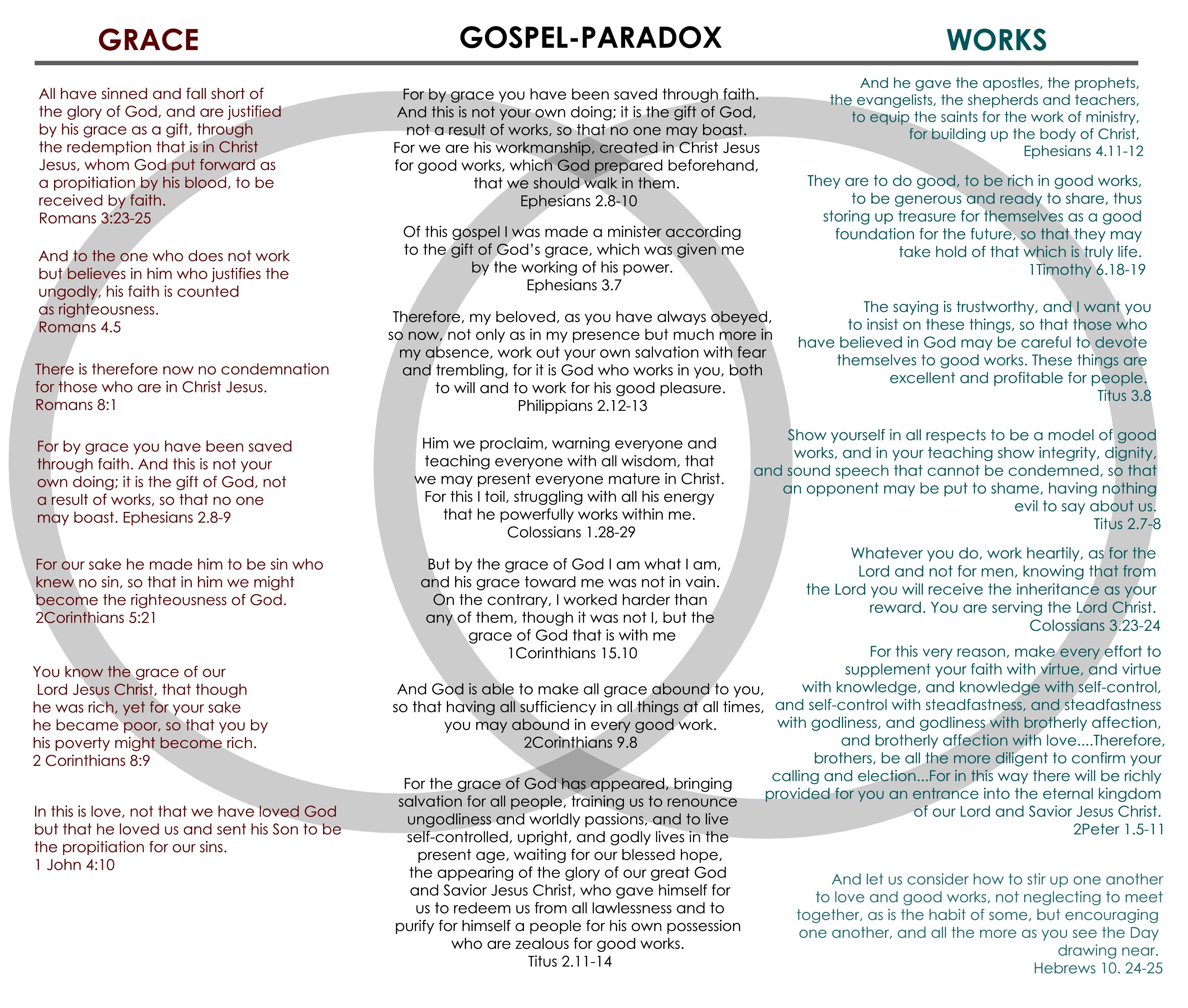For the last several Wednesdays, our church has been spending time exploring the theological concept of sanctification. Simply stated, the idea behind sanctification is that of “setting apart” someone, or something, for special use.
Biblically, this primarily describes the act of God who separates or consecrates something as holy. The first instance of this happening is when God sanctifies the 7th day of creation—recognizing it as holy. The secondary meaning of the word involves the idea of “moral” or “ethical” renewal or cleansing. In this sense, “sanctification” connotes the idea of a process being made more holy or righteous as read in passages like:
1Thessalonians 4.3-5 For this is the will of God, your sanctification: that you abstain from sexual immorality; 4 that each one of you know how to control his own body in holiness and honor, 5 not in the passion of lust like the Gentiles who do not know God.
Theologically, sanctification is connected with salvation. Salvation is a term use to describe the deliverance of men from the curse of sin through the life, death, and resurrection of Jesus Christ. In some sense, salvation is both an ACT of God’s grace on the cross and a continuing WORK of God’s grace through His Spirit. Sanctification is a comprehensive term that describes multiple layers of salvific deliverance—past, present, and future. In other words, we have been saved, we are being saved, AND we will be saved in eternity. (i.e. Been sanctified, being sanctified, will be sanctified)
There are four different kinds of sanctification that help describe this”process” of deliverance.
- Prepratory Sanctification: God Father plans redemption before the foundation of the world. Including in this plan is a decision to set apart individuals to “make holy and blameless” for his purposes–which is to reveal the riches of his glorious grace in Christ. Prepratory sanctification is the pre-work of God’s Spirit whereby he elects a people–setting them apart–to be saved from sin. This is commonly referred to as predestination.
- Positional Sanctification: Having been prepared, we are delivered from the penalty, guilt, and shame of sin the moment we received God’s grace and, through faith, and rust in the person and work of Jesus Christ. In that moment, the Spirit applies the atonement to the heart of one of His elect. By grace, through faith, that individual is placed “in Christ”. Positional sanctification (justification) delivers us from the penalty and authority of sin. This is commonly referred to as justification.
- Progressive Sanctification: Even though we have been sanctified, and placed “in Christ” God is still sanctifying us in our daily lives. This is because the Spirit of Jesus that SAVES US is now living IN US. Having been placed in Christ, by His Spirit, we are maturing in Him or growing up into Christ. Our UNION with Jesus is perfect in our souls, but our COMMUNION with him fluctuates in our bodies. Said another way, over a lifetime, we become in practice what we are in position. Progressive sanctification delivers us from the power /influence of sin.This is commonly referred to as sanctification.
- Prospective Sanctification: The final stage in the sanctification process is the completed salvation of the believer. This is experienced at the resurrection when the believer will be transformed into the likeness of Christ and presented to the Lord as holy. The indwelling of the Holy Spirit in the life of a believer is both the promise of and the agency for this future perfection. Final sanctification completes our salvation in that it brings our position and our practice together. Prospective sanctification delivers us from the presence of sin. This is commonly referred to as glorification.
Even if describing salvation in terms of sanctification is uncommon, the convictions behind each of these is accepted by most evangelicals (apart from the nature of predestination). There are, however, wide divisions regarding progressive sanctification, namely, how it works and who does that work. I will tackle that in that next blog.
NEXT BLOG: Sanctification 102: What are the tools of Sanctification?



